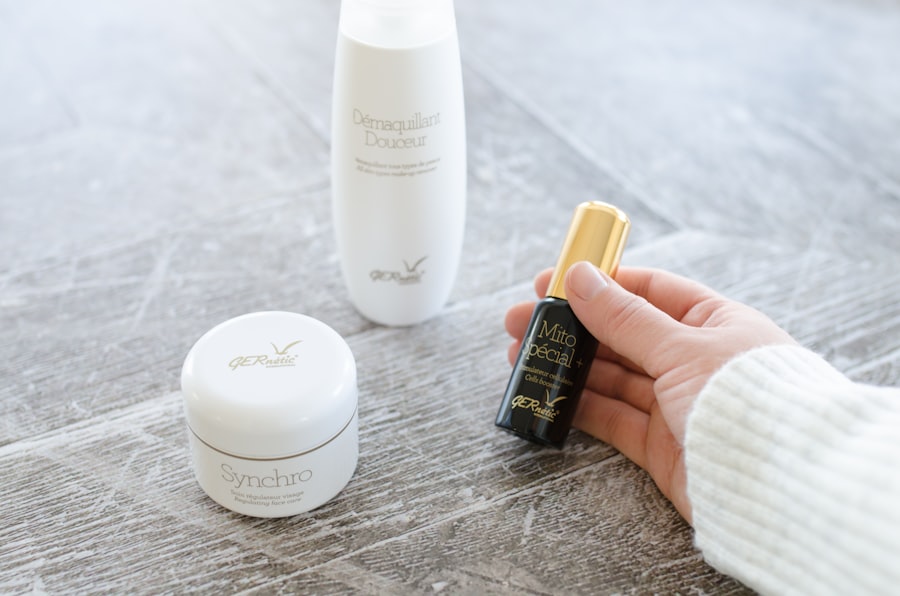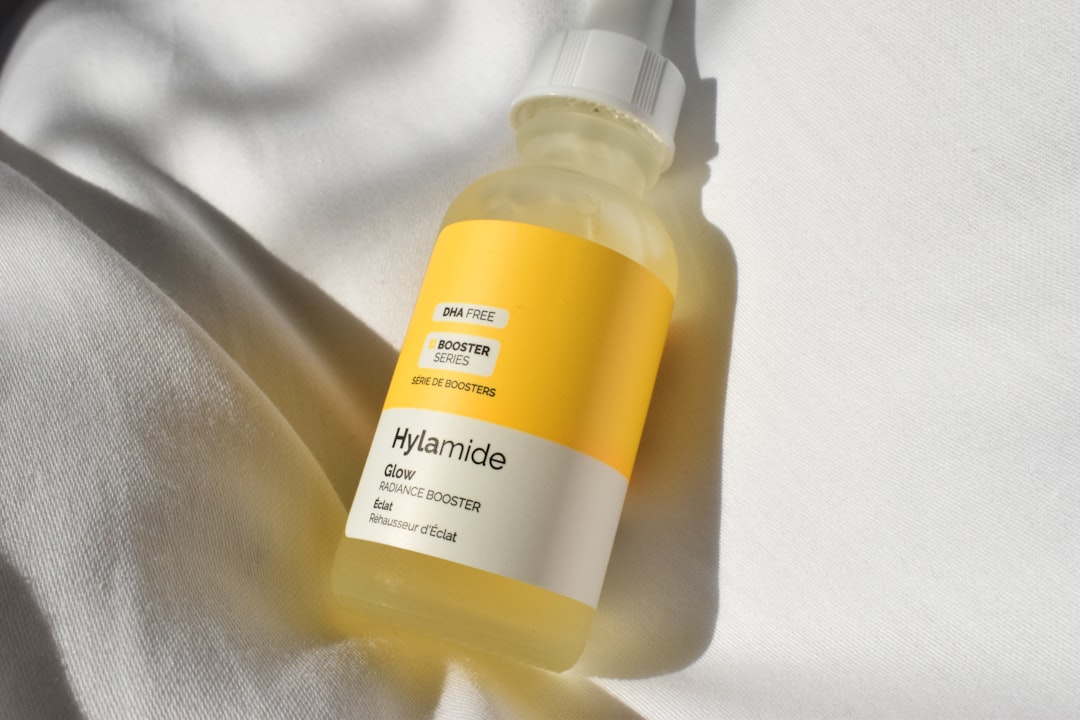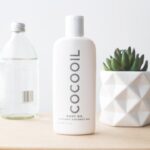When you consider laser hair removal, it’s essential to grasp the long-term effects it can have on your skin and hair growth. This procedure, which uses concentrated light to target hair follicles, can lead to significant changes in your hair growth patterns. Many individuals experience a reduction in hair density and thickness, which can be a welcome change.
However, it’s important to recognize that results can vary based on skin type, hair color, and the area being treated. You may find that while some areas respond beautifully to the treatment, others may require additional sessions or different approaches. Moreover, understanding the long-term effects also involves being aware of potential changes in skin texture and pigmentation.
Some people report experiencing slight changes in skin tone or texture in the treated areas. While these changes are often temporary, they can be concerning if you’re not prepared for them. It’s crucial to have realistic expectations and to discuss any concerns with your practitioner before undergoing the procedure.
By doing so, you can ensure that you are well-informed and ready for the journey ahead.
Key Takeaways
- Laser hair removal can have long-term effects on the skin, including reduced hair growth and smoother skin texture.
- After laser hair removal, it’s important to develop a skincare routine that includes gentle cleansing, moisturizing, and avoiding harsh products.
- Protecting your skin from sun exposure is crucial after laser hair removal to prevent pigmentation issues and sun damage.
- Managing potential side effects such as redness, swelling, and irritation may require the use of soothing products and avoiding certain activities.
- Maintaining hydration and moisture levels in your skin is essential for long-term aftercare, and choosing the right products can help achieve this.
Developing a Skincare Routine for Post-Laser Hair Removal
After undergoing laser hair removal, establishing a solid skincare routine is vital for maintaining the health of your skin. Your skin may be sensitive post-treatment, so it’s essential to choose gentle products that won’t irritate it further. Start by incorporating a mild cleanser into your routine to help remove impurities without stripping your skin of its natural oils.
Look for products that are fragrance-free and designed for sensitive skin to minimize the risk of irritation. In addition to cleansing, moisturizing becomes a key component of your post-laser skincare regimen. A good moisturizer will help soothe your skin and restore hydration levels that may have been disrupted during the treatment.
You might want to consider using products with calming ingredients like aloe vera or chamomile, which can provide relief and promote healing. Remember, consistency is key; sticking to your routine will help your skin recover more effectively and maintain its health in the long run.
Protecting Your Skin from Sun Exposure

One of the most critical aspects of aftercare following laser hair removal is protecting your skin from sun exposure. Your skin will be more sensitive to UV rays after treatment, making it crucial to take proactive measures to shield it from potential damage. Wearing broad-spectrum sunscreen with an SPF of at least 30 is non-negotiable.
Apply it generously to all exposed areas, even on cloudy days or when you’re indoors, as UV rays can penetrate windows. In addition to sunscreen, consider wearing protective clothing such as wide-brimmed hats or long sleeves when spending extended periods outdoors. This added layer of protection can help prevent sunburn and hyperpigmentation, which are common concerns after laser treatments.
By prioritizing sun protection, you not only safeguard your skin but also enhance the longevity of your laser hair removal results.
Managing Potential Side Effects of Laser Hair Removal
| Side Effect | Description | Management |
|---|---|---|
| Redness | Skin may appear red or swollen after treatment | Apply cold compress or aloe vera gel |
| Itching | Skin may feel itchy or irritated | Use gentle moisturizer or hydrocortisone cream |
| Blisters | Small fluid-filled sacs may form on the skin | Avoid picking or popping, keep area clean and dry |
| Pigment changes | Skin may darken or lighten in treated area | Use sunscreen and avoid sun exposure |
While laser hair removal is generally safe, it’s essential to be aware of potential side effects that may arise after treatment. Common side effects include redness, swelling, and mild discomfort in the treated areas. These symptoms typically subside within a few hours to a couple of days.
To manage these side effects effectively, consider applying a cold compress to the affected areas. This can help reduce inflammation and provide relief from any discomfort you may be feeling.
Additionally, over-the-counter pain relievers can be beneficial if you’re experiencing significant discomfort. Always follow your practitioner’s advice regarding post-treatment care and don’t hesitate to reach out if you have any concerns about your recovery process.
Maintaining Hydration and Moisture Levels in Your Skin
Keeping your skin hydrated is essential after laser hair removal, as this helps promote healing and maintain its overall health. Dehydrated skin can lead to increased sensitivity and irritation, which is the last thing you want after undergoing a treatment designed to improve your appearance. To combat this, make sure you’re drinking plenty of water throughout the day; hydration starts from within.
In addition to internal hydration, using a high-quality moisturizer is crucial for maintaining moisture levels on the surface of your skin. Look for products that contain hyaluronic acid or glycerin, as these ingredients are known for their ability to attract and retain moisture. Applying moisturizer regularly will not only keep your skin feeling comfortable but also enhance its appearance by giving it a healthy glow.
Choosing the Right Products for Long-Term Aftercare

Key Ingredients for Soothing and Nourishing Skin
Look for soothing ingredients like aloe vera, vitamin E, and ceramides that can help repair and nourish your skin. Additionally, consider incorporating serums or treatments that target specific concerns such as pigmentation or uneven texture.
Protecting Your Skin from Environmental Stressors
Products containing antioxidants can also be beneficial in protecting your skin from environmental stressors and promoting overall skin health.
Ensuring a Safe and Effective Routine
Always perform a patch test before introducing new products into your routine to ensure they won’t cause any adverse reactions.
Incorporating Regular Exfoliation into Your Skincare Routine
Exfoliation plays a crucial role in maintaining healthy skin after laser hair removal, but it’s essential to approach it with caution. While exfoliating helps remove dead skin cells and promotes cell turnover, your skin may still be sensitive post-treatment. Therefore, it’s advisable to wait at least a week or two before reintroducing exfoliation into your routine.
When you do start exfoliating again, opt for gentle methods such as chemical exfoliants containing alpha-hydroxy acids (AHAs) or beta-hydroxy acids (BHAs). These ingredients can provide effective exfoliation without the harshness of physical scrubs that could irritate your skin further. Regular exfoliation will help keep your skin smooth and radiant while preventing clogged pores and uneven texture.
Seeking Professional Advice for Long-Term Laser Hair Removal Aftercare
Finally, seeking professional advice is paramount when it comes to long-term aftercare following laser hair removal. Your practitioner can provide personalized recommendations based on your unique skin type and treatment history. They can guide you on how often to schedule follow-up treatments and what specific products will work best for you.
Don’t hesitate to reach out with any questions or concerns you may have during your recovery process. Open communication with your practitioner ensures that you receive the best possible care and support as you navigate the long-term effects of laser hair removal. By taking these steps and prioritizing aftercare, you can enjoy the benefits of smoother skin while minimizing potential complications along the way.
For more information on long-term laser hair removal aftercare tips, you can check out this article on Fashion Home. This article provides valuable insights on how to properly care for your skin after laser hair removal treatments to ensure long-lasting results.
Following these tips can help you achieve smooth and hair-free skin for an extended period of time.
FAQs
What is long-term laser hair removal aftercare?
Long-term laser hair removal aftercare refers to the ongoing maintenance and care required after completing a series of laser hair removal treatments. This includes protecting the skin, avoiding certain activities, and using specific products to ensure the best results.
Why is long-term laser hair removal aftercare important?
Long-term laser hair removal aftercare is important to maintain the results of the treatment and to prevent any potential side effects. It helps to keep the skin healthy and smooth while minimizing the regrowth of hair.
What are some tips for long-term laser hair removal aftercare?
Some tips for long-term laser hair removal aftercare include avoiding sun exposure, using sunscreen, moisturizing the skin regularly, avoiding hot showers and saunas, and avoiding plucking or waxing the treated area.
How long does long-term laser hair removal aftercare last?
Long-term laser hair removal aftercare can last for several months to years, depending on the individual’s skin type, hair growth, and the effectiveness of the initial treatment. It is an ongoing process to maintain the results of the laser hair removal.
Are there any specific products recommended for long-term laser hair removal aftercare?
Some specific products recommended for long-term laser hair removal aftercare include gentle cleansers, moisturizers, and sunscreen with a high SPF. It is important to consult with a dermatologist or skincare professional for personalized recommendations.





